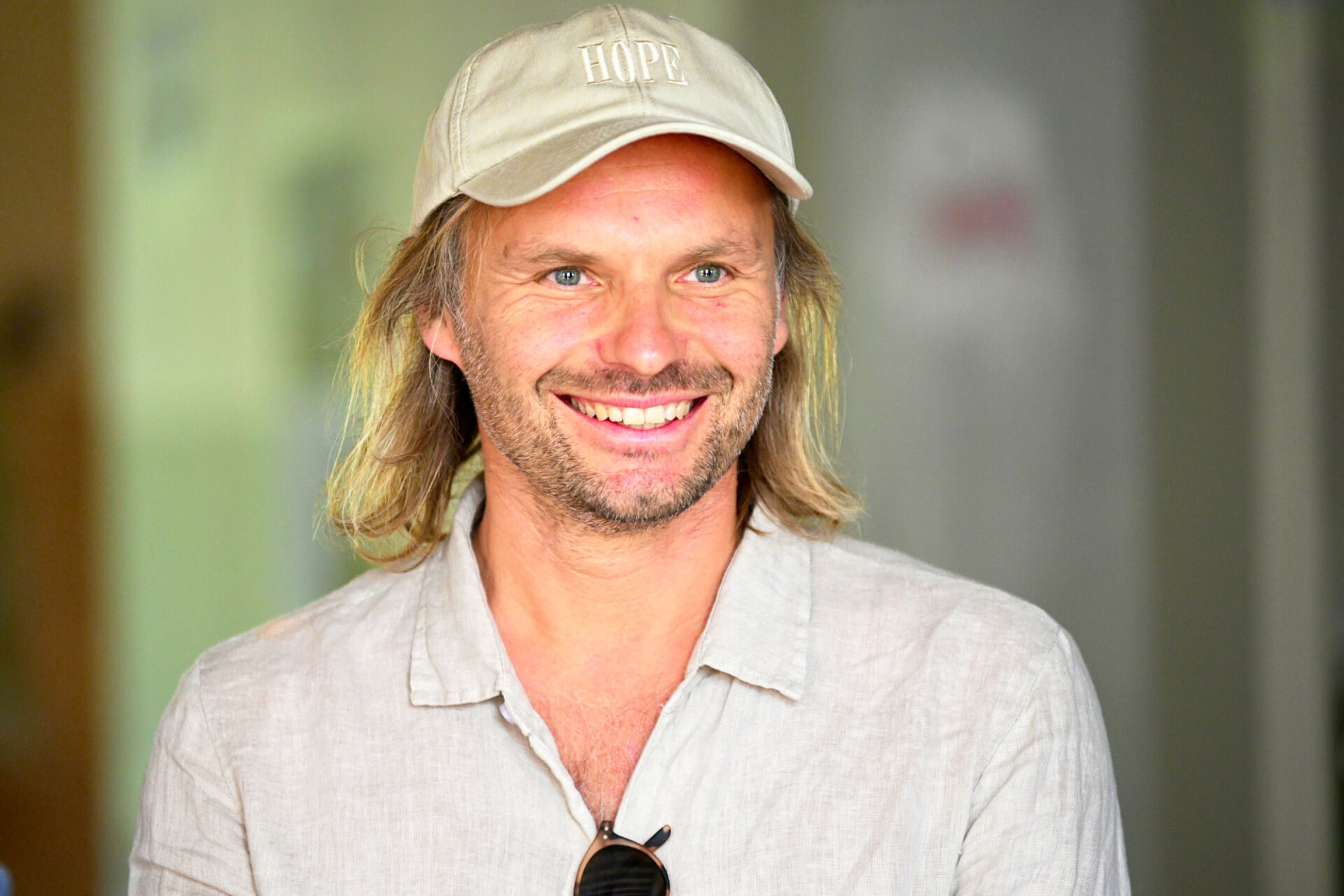This Year’s Fotofestiwal
Fotofestiwal Lodz has already established a strong international presence. We recently interviewed Krzysztof Candrowicz, the co-founder and member of the festival’s event team, to shed light on its humble beginnings, original vision, and the remarkable transformations it has undergone over the past two decades.
Fotofestiwal was originally a student initiative of a few enthusiasts. As a co-founder, what are your thoughts on its development so far?
As Poland’s first photography festival, we lacked any strong role models or clear vision. We eventually visited Arles to find inspiration from a more established, international festival and perhaps even incorporate some of their more successful ideas into our own event. Our festival was primarily a small collective of students and professors operating on a very limited budget, and our collaboration with Opava and FAMU (Film and TV School of Academy of Performing Arts in Prague) was actually our first step towards going international. The biggest change has, of course, been the medium itself. Originally a traditional photo festival, we have now evolved into a more interdisciplinary and multimedia-centered event. However, the year-long research is really what makes the festival. And lastly, what makes the festival sustainable is a democratic and collective structure based on trust and friendship within the team and associated curators.
How would you describe the current state of the festival, what is characteristic for it and what is not? What is the festival definitely not supposed to be?
After 20 years, we thought to change the festival’s name, seeing as “Fotofestiwal” is perhaps too simplistic, so we added “Art, Engagement, and Community” As our reach deepens, community engagement, from our work with the Latin American community of the Amazon to our involvement with the locals in Lodz, as well as the Belarusian and Ukrainian communities, becomes increasingly important. We aspire to be more than just passive observers and documenters but rather foster meaningful dialogues that are inclusive and intergenerational. Yes, we showcase big artists but we want to go beyond the “art world” and remain accessible.
Would you wish to see the festival grow or how would you like to see its future?
As a full-time team of eight with 20-25 people in production, we simply cannot manage all 20 locations, plus over 150 artists and 85 events. Our main strategy now is actually to downscale, focus on quality, and financially support our artists and curators as they deserve to be well compensated. Our second goal is to be more sustainable and reduce our ecological footprint over the next few years.
#45 hypertension
Archive
- #45 hypertension
- #44 empathy
- #43 collecting
- #42 food
- #41 postdigital photography
- #40 earthlings
- #39 delight, pain
- #38 death, when you think about it
- #37 uneven ground
- #36 new utopias
- #35 living with humans
- #34 archaeology of euphoria
- #33 investigation
- #32 Non-work
- #31 Body
- #30 Eye In The Sky
- #29 Contemplation
- #28 Cultura / Natura
- #27 Cars
- #26 Documentary Strategies
- #25 Popular Music
- #24 Seeing Is Believing
- #23 Artificial Worlds
- #22 Image and Text
- #21 On Photography
- #20 Public Art
- #19 Film
- #18 80'
- #17 Amateur Photography
- #16 Photography and Painting
- #15 Prague
- #14 Commerce
- #13 Family
- #12 Reconstruction
- #11 Performance
- #10 Eroticon
- #9 Architecture
- #8 Landscape
- #7 New Staged Photography
- #6 The Recycle Image
- #5 Borders Of Documentary
- #4 Intimacy
- #3 Transforming Of Symbol
- #2 Collective Authorship
- #1 Face


